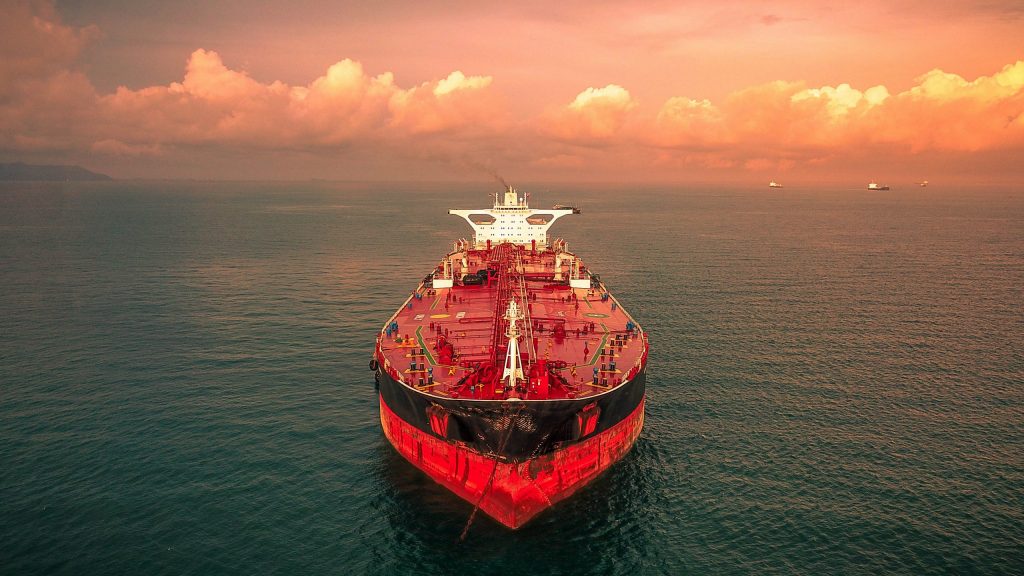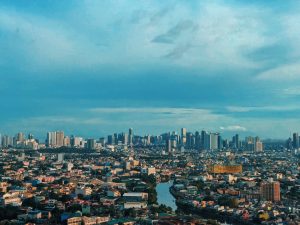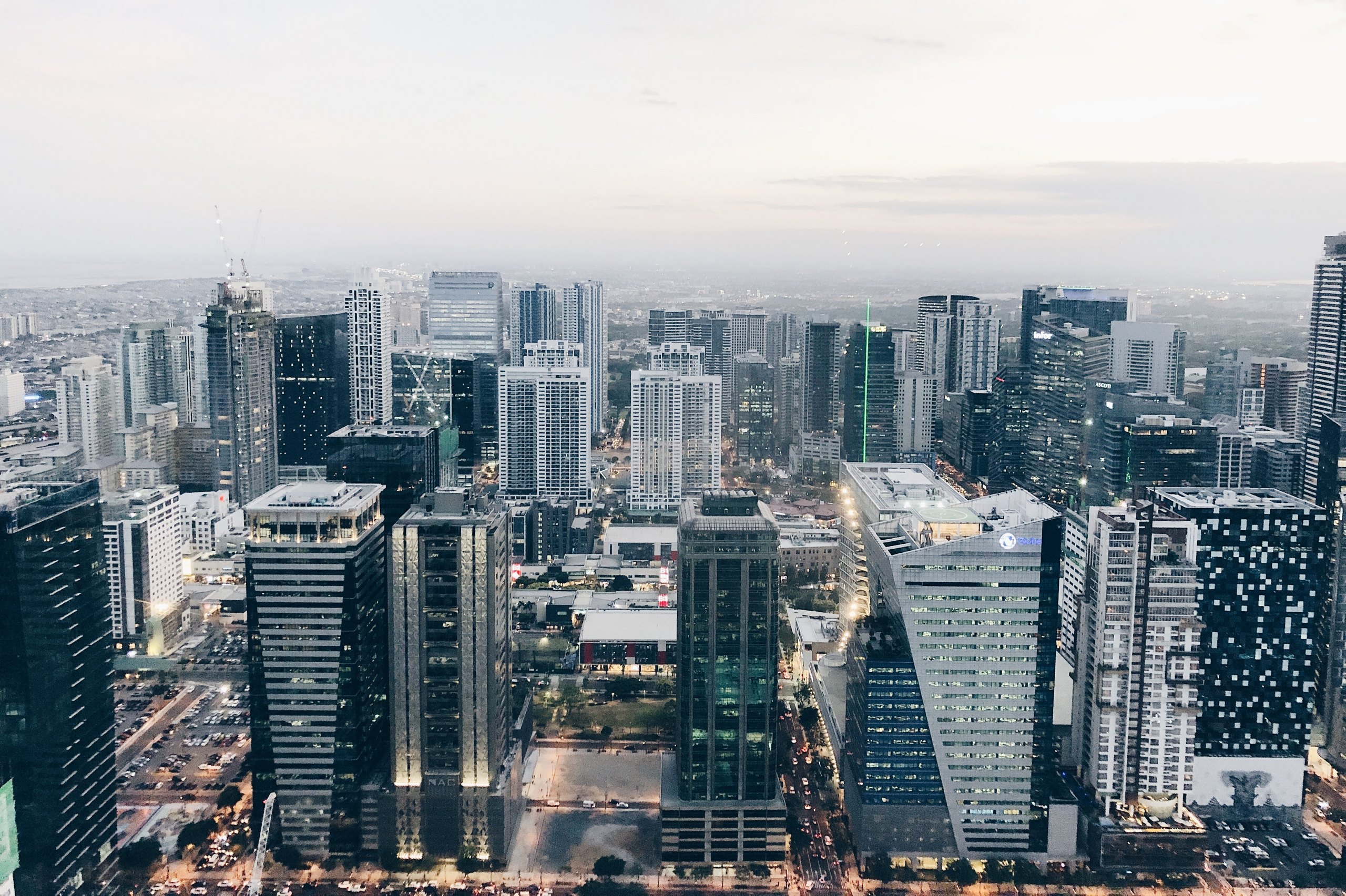Philippines increases oil and gas imports as demand grows
by Suzanne Driscoll

Philippines Increases Oil And Gas Imports As Demand Grows – Prices have risen, demand is strong from the transportation industry, and consumers are beginning to travel again.
As the world begins to recover from the COVID-19 pandemic in most areas, the demand for oil and gas has increased exponentially. Prices have risen, demand is strong from the transportation industry, and consumers are beginning to travel again. Supplies are also increasing thanks in part to new technologies that have led to unconventional drilling in previously unexplored areas.
Also promoting growth in this market are reductions in the cost of operations resulting in higher profits. It is estimated that global demand for oil will be 104 million barrels of oil per day (MMbbl/d) by 2025, after demand fell to 91 million MMbbl/d in 2020.
The Philippines’ oil and gas industry has benefited from the resurgence in demand, after suffering an extreme plunge of up to 70 percent in 2020. As quarantine restrictions eased, demand increased, but the country still relies on importing to meet its internal needs. With a stronger economy and projected population growth within the country, major Philippines oil and gas companies will need to implement a variety of pipeline projects to expand their production capabilities. The government is also providing increased support for the exploration and production of oil and gas, which encourages companies to invest in the Philippines.
Today the Philippines has only two active petroleum fields: Galoc, an offshore field in the Northwest Palawan Basin, and Alegria, an onshore field in the Province of Cebu. The country’s Department of Energy is working with a company called Searcher Seismic to assess more than 5,000 miles of the East Palawan Basin for fresh hydrocarbon potential.
Reliance on Imports
The Philippines currently imports about 52 percent of its oil consumption, which was 222,133 barrels per day in 2016, the last year that complete information was available. Their total oil reserves are less than what is needed for a single year of consumption at 156,585,000 barrels, making them highly dependent on oil imports.
Enjoying our insights?
Subscribe to our newsletter to keep up with the latest industry trends and developments.
Stay InformedSummary Table
| Barrels | Global Rank | |
| Oil Reserves | 138,500,000 | 64th in the world |
| Barrels per Day | Global Rank | |
| Oil Production | 33,258 | 71st in the world |
| Oil Consumption | 429,000 | 35th in the world |
| Daily Deficit | -395,742 | |
| Oil Imports | 236,907 | |
| Oil Exports | 14,774 | |
| Net Imports | 222,133 |
From Worldometer

Philippines Increases Oil And Gas Imports As Demand Grows – Oil and gas imports to the Philippines are rising because there is not enough domestic production.
Oil and gas imports to the Philippines are rising because there is not enough domestic production. And demand still has not reached pre-pandemic levels.
The Philippines’ last domestic refinery, Petron, suspended operations temporarily in January 2021 due to weak refining margins. Their Bataan plant previously produced 180,00 barrels per day.
In July 2020 the Pilipinas Shell Petroleum plant in Tabangao converted its refinery to an import site. The company also opened a new oil import facility at Subic last year that is capable of receiving 54 million liters of oil products from tankers.
One-third of the country’s crude oil imports originate in Saudi Arabia, while Kuwait and the United Arab Emirates together account for almost half of the Philippines’ total crude oil imports. However, Chinese gasoline exports to the Philippines surged 150.1 percent from November 2019 through November 2020.
Big Plans for the Future

Philippines Increases Oil And Gas Imports As Demand Grows – The Philippines government knows it needs to increase reserves from the production of local oil and gas for a continuous supply of petroleum products.
The Philippines government knows it needs to increase reserves from the production of local oil and gas for a continuous supply of petroleum products. It projects that the population will increase to 148 million by 2040, from the current 110 million. The Malampaya natural gas fields comprise 30 percent of the country’s fuel supply source, but are expected to be depleted by 2027.
The country will need to find a new energy source to compensate for this loss to support the country’s needs and continue funding its infrastructure efforts. At this time the government is encouraging offshore investments, such as the Philippine Conventional Energy Contracting Program, to encourage offshore exploration. Thus far interest has been slow due to concerns that contracts will not be honored long term.
The Philippine government would also like to encourage large power generating companies to include natural gas as part of their portfolio mix. However, interest has been limited due to the large investment required for the necessary infrastructure. The government needs to provide incentives to encourage foreign investment and participation, but thus far has not done so. It is feared the country will face a large energy crisis in the future if programs are not implemented today to invest in offshore oil exploration and liquefied natural gas (LNG) development.

Philippines Increases Oil And Gas Imports As Demand Grows – EIA estimates the South China Sea contains about 11 million barrels of oil and 190 million cubic feet of natural gas
The U.S. Energy Information Administration (EIA) estimates the South China Sea contains about 11 million barrels of oil and 190 million cubic feet of natural gas in proven and potential reserves. Portions of the South China Sea are claimed by the Philippines as well as China and other countries. China and the Philippines have stated they would like to jointly explore the region for oil and natural gas, but any plans have not been made public.
The EIA believes the South China Sea will be a more viable source of natural gas rather than oil, but producers would have to build expensive underwater pipelines to transport the gas to processing facilities. Strong currents and underwater valleys will present many challenges to building the necessary infrastructure, and the region is also prone to typhoons and tropical storms.
In the coming years the Philippines will be challenged to keep up with its domestic energy demands, while still generating revenue from oil and natural gas exports. It will require an increased investment in infrastructure by the government, in order to recruit foreign companies to locate and develop oil and natural gas reserves.
(Suzanne Driscoll is with Sharemoney)


















